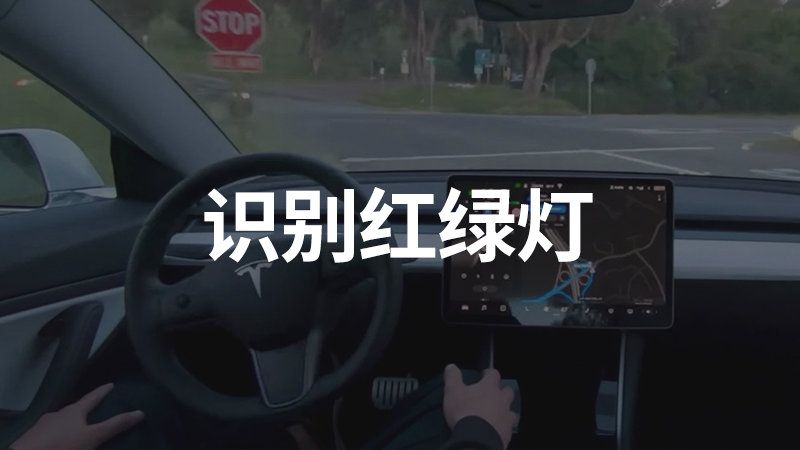
Today, the famous Tesla hacker Green shared the introduction of the new version of Tesla software on Twitter. After 3 months, the Autopilot function finally received a new update. After reading the version introduction, I believe that Tesla has taken a groundbreaking step towards achieving Full Self-Driving Capability.

Identify traffic lights, parking signs, and automatically stop
First, let’s take a look at the version introduction for this update.
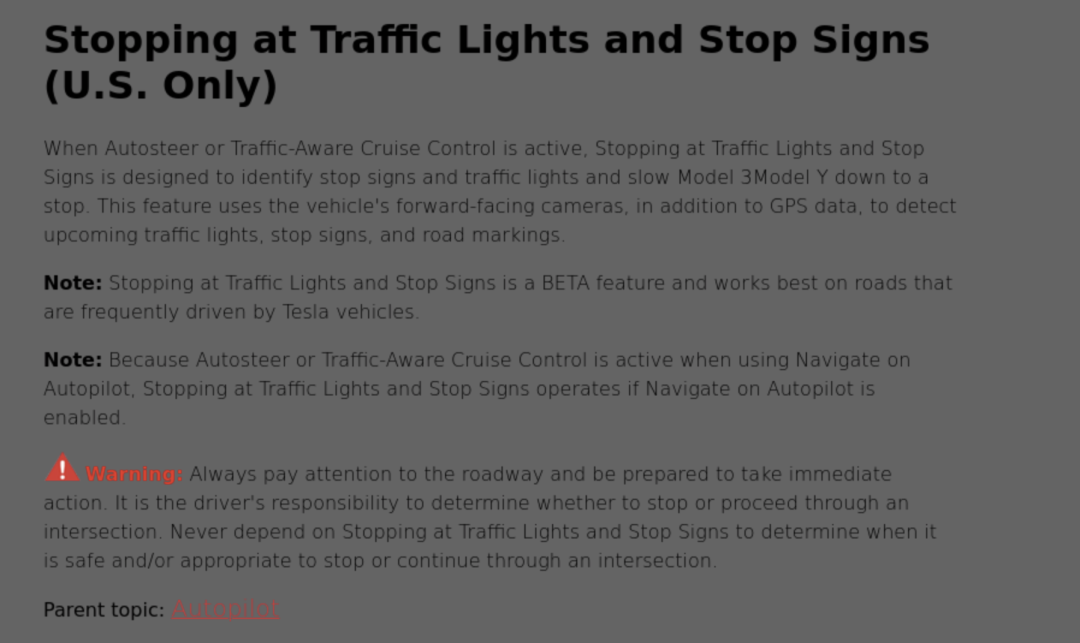
The original text is too long, reply to Autopilot TACC to get the complete version introduction.
In the new version of the software, when the vehicle is in Autopilot (hereafter referred to as AP) mode, after recognizing “traffic lights”, “parking signs” and “stop lines”, the vehicle can automatically stop before the stop line, and after the driver confirms, the vehicle can also automatically pass through intersections.
This means that AP can now actively pass through some straight intersections without lane markings. Notice the 3 important keywords I have highlighted. Therefore, this software update further expands AP’s work ability in urban road conditions, gradually getting rid of its strong dependence on lane markings. This is an important step towards achieving Full Self-Driving Capability.
Considering the above scenarios, it currently only supports getting rid of its dependence on lane markings for a short period of time. Tesla explicitly stated in the version introduction that this function is not only based on the visual perception recognition of the front camera, but also involves GPS map data integration.
In other words, although its dependence on lane markings has been temporarily reduced, its dependence on GPS map data is gradually increasing.
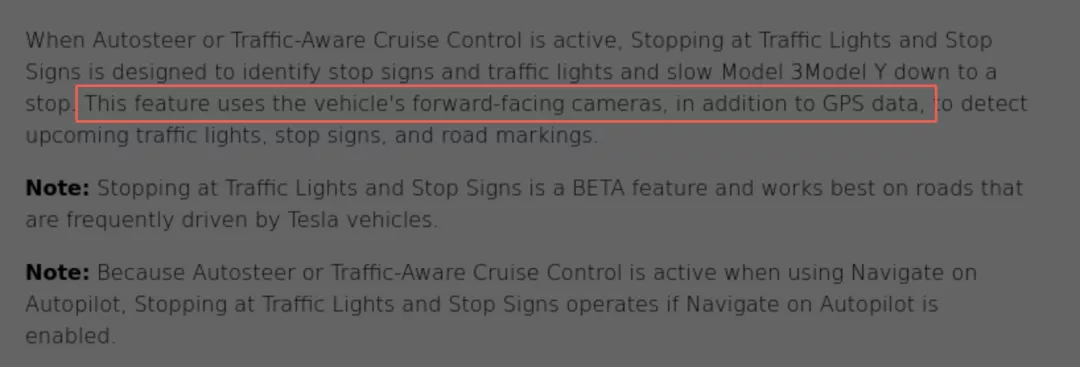
In addition, there are several details: the recognized traffic lights and stop lines will be displayed on the car screen in advance, and even in green light conditions, the vehicle’s first decision is still to decelerate. The driver needs to switch gears or lightly step on the accelerator pedal to resume cruising before the vehicle can automatically pass through the traffic light intersection.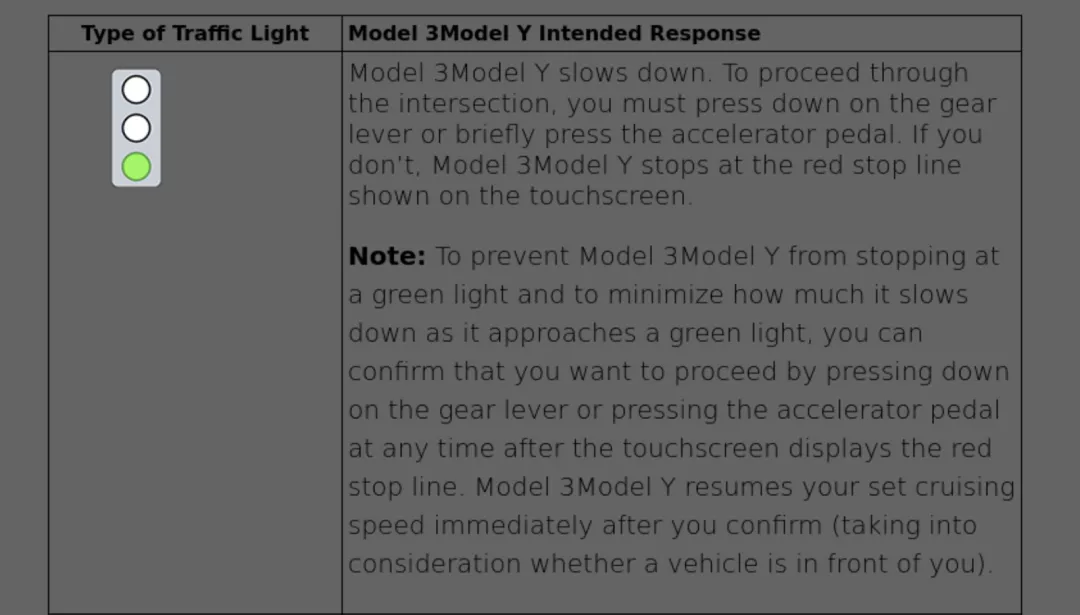
When the yellow or green light is flashing, if the vehicle has not yet crossed the stop line, the system will automatically stop. If the vehicle has crossed the stop line, it will pass normally.
In the case of a red light, the vehicle will automatically stop, but the driver still needs to take action either by “changing gears” or “lightly pressing the accelerator pedal” to resume cruising.
The logic here is exactly the same as the lane changing strategy of NoA on the current freeway. The vehicle makes the decision to change lanes automatically, but the driver needs to provide a confirmation signal before the vehicle can execute.
Just like a 3-year-old child who has learned to cross the street, whether the traffic light is red or green at the intersection, they slow down first and then ask their parents if they can cross. If their parents say yes, they proceed.
After we released this information on Weibo this morning, some netizens raised questions such as “Have you experienced the red lanterns all over the streets during the Beijing Spring Festival?”
(You guys can imagine the scene)
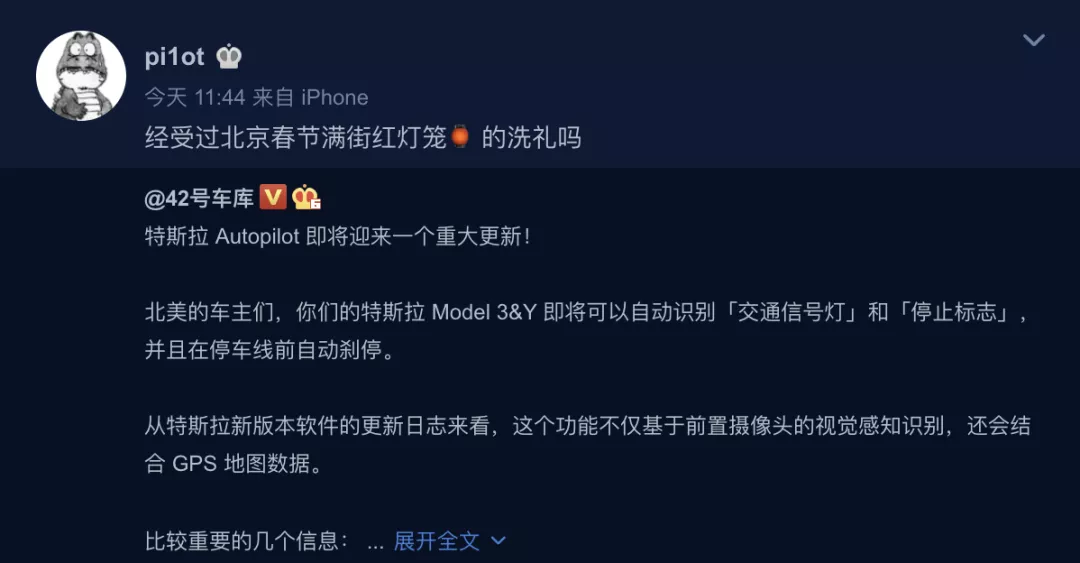
This is an important problem that Tesla needs to overcome by relying solely on visual identification to judge the traffic lights. How can they improve the accuracy of recognition?
At the end of 2019, Tesla launched a preview of the full autonomous driving visualization interface, which means that the vehicle can already recognize traffic lights and parking signs, but it still cannot determine what the traffic lights mean.
Various shapes of traffic lights and diverse execution logic, especially in some complex large intersections, would make even the senseless machine confused, let alone drivers who are not good at directions.
In order to teach the system how to judge traffic lights, Tesla uses “self-supervised learning”. Simply put, the system sees that it is now a red light, although it does not know what it means, it can determine that a red light means to stop based on the driver’s braking operation.
Obviously, Tesla cannot achieve 100% recognition accuracy. To ensure safety, the system will ask the driver to confirm each decision before execution, but each confirmation process is also a learning process.
This is also the core reason why Tesla cannot completely let the system pass the intersection by itself.
For Tesla, the more people using it means the more data can be accumulated, but for drivers, every time they pass through an intersection in AP mode, they need to add a “confirmation” operation, which greatly reduces the user experience, especially in green light scenarios where every Tesla with AP enabled but not confirmed in time will become a large roadblock at the intersection.This afternoon, after explaining the working logic of the new software to two Tesla owners, I received two evaluations:
One of them believed that Tesla, as the first model to achieve “automatic” crossing at an intersection, gave all models a good demonstration and greatly simplified the process of “automatic” crossing. Faced with complex intersections with traffic lights, the only thing needed to complete the decision is to “lightly step on the accelerator pedal”.
The other person believed that it was more troublesome now as before, when I used to drive with the AP that could directly pass through the traffic lights.
If you ask me, is it worth sacrificing short-term user experience for rapid growth?
It’s worth it. In order to obtain the pioneering experience brought by technology, I am willing to sacrifice short-term experience, and I also look forward to the “qualitative change” in user experience after Tesla has accumulated “quantitative changes”.

The Next Challenge
Although this feature explanation is quite lengthy, “warning” takes up most of the space. After reading it twice, I weakly asked in the group, “Tesla should not be able to automatically turn yet, right?”
The answer given was, “Only straight through when crossing an intersection.”
And what I expect is that the vehicle can pass through simple intersections or T-shaped intersections by itself according to the set navigation after the new version of the software is updated.
This is also the next important challenge for Tesla to achieve NoA on urban roads. And in my opinion, turning left or right at an intersection increases the difficulty level by more than one order of magnitude compared to straight through.
Why don’t we break down what it takes to achieve automatic turning.
The vehicle needs to receive a turning instruction
This is not difficult, as long as the navigation is set correctly on the vehicle.
Detect whether there are other participants in the target direction
Looking at the layout of Tesla’s sensing hardware, the system is better at detecting road participants in front and behind the vehicle. However, turning, especially in conditions such as right angles and U-turns, means that the vehicle needs to detect road participants on both sides of the vehicle, which has already posed a greater challenge to the system in terms of sensing range.
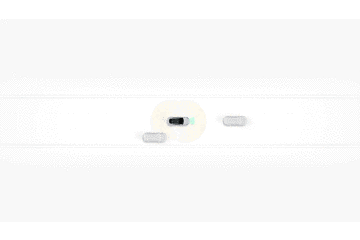
Determine the intentions of other road participants
At an intersection, the vehicles with the right of way are those that go straight, followed by left turns, and then right turns.
When passing through a straight traffic light intersection, as long as you make sure you do not violate the signal instruction and do not hit the vehicle in front of you, you can ensure “no liability.” However, in the case of left or right turns, the system needs to judge the intentions of road participants in multiple directions and make timely judgments.
Execute Decision – Complete TurningSo passing through a traffic light intersection by an open road is not as simple as just watching the traffic light. Compared to the current L2 assisted driving, “going straight” through a traffic light intersection is just addition while “turning” is multiplication.
In conclusion:
As a supporter of autonomous driving, after Tesla launched Smart Summon, it has been a long time since I have looked forward to a new version of software so much. More and more models around me support L2 assisted driving, but there are few that can bring a sense of freshness. Everyone is a follower of Tesla, and what we need around us are more “innovators”, of which Tesla is one of the few car companies that can maintain its sustained innovation ability.
This article is a translation by ChatGPT of a Chinese report from 42HOW. If you have any questions about it, please email bd@42how.com.
